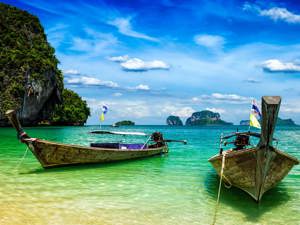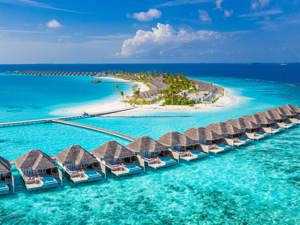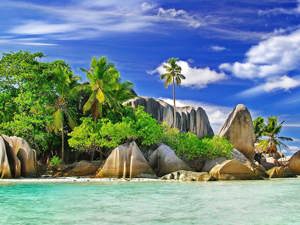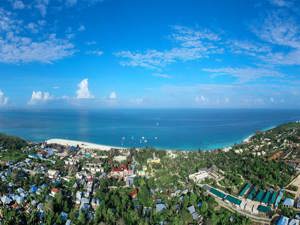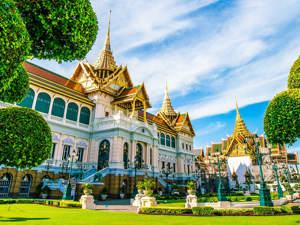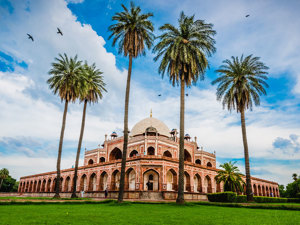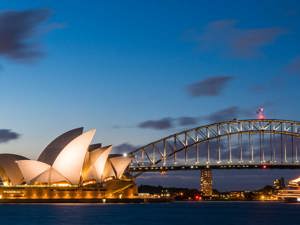The beating heart of Iran, Tehran is the count ry’s most advanced city
and offers a travel experience rich in nature, history and culture
Chief town of the region of the same name and capital of the Islamic Republic of Iran, Tehran is one of the largest and busiest metropolises in the world. Located in an area of natural beauty with flat areas alternating with mountainous chains and plateaus, it is surrounded by important towns such as Rey, Shemiranat, Shahriar and Varamin. In autumn the southern slopes of the Alborz Mountains, the mountainous areas, valleys and rivers, and the shores of the artificial lakes behind the great Dams of Amir Kabir, Latiyan and Lar, as well as the shores of the natural lakes of Jaban and Tar, are all special tourist destinations. During the winter season, the Alborz mountains are ideal for skiing and winter sports.
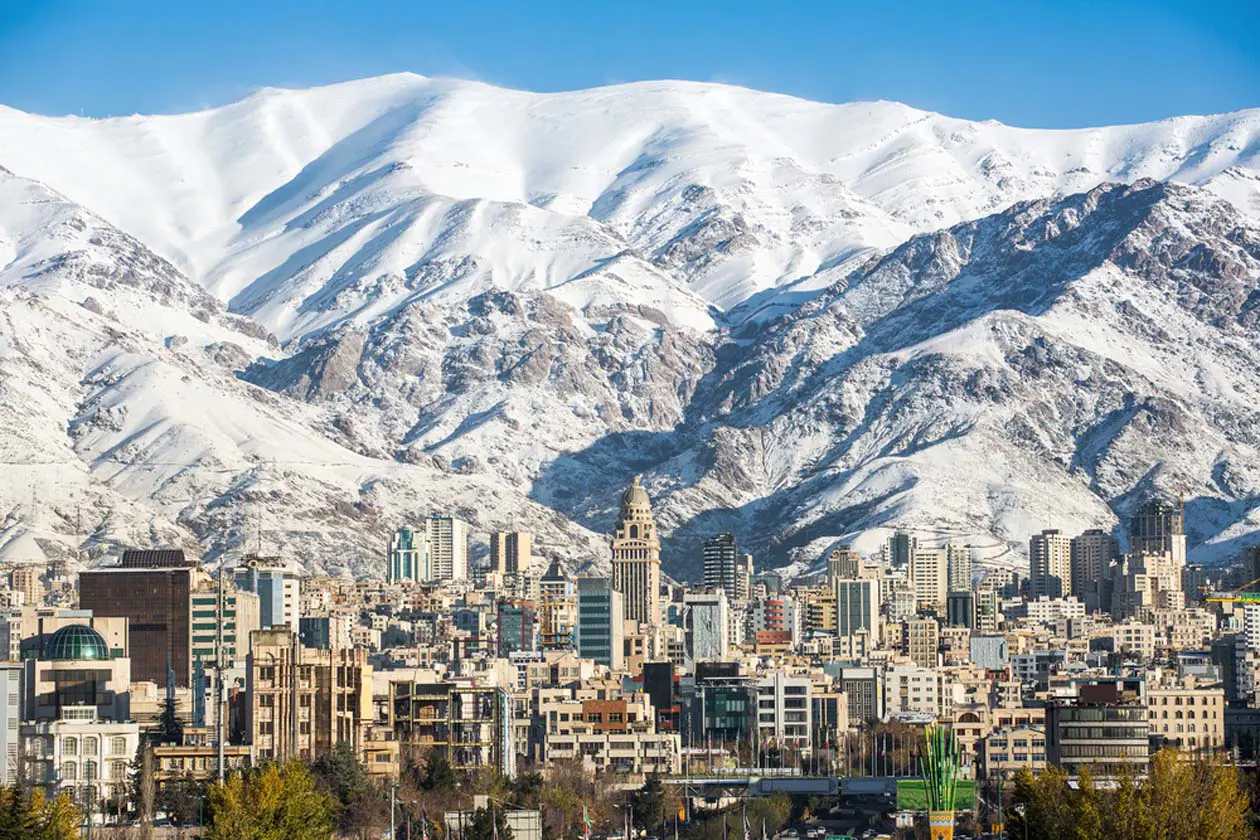
Tehran - Copyright © Sisterscom.com / Shutterstock
The history and culture of this land are fascinating and date back to extremely distant times. Archaeological research and digs have brought to light sites of prehistoric cultures on the plain of Tehran dating back to the fifth millennium BC. Beginning as a small village, Tehran was chosen as Iran’s capital city in 1786 and since then it has become the political, administrative, economic, cultural and artistic centre of the country.
There are numerous tourist and cultural attractions of great interest such as Arg Square, which dates back to the period of the Safavid Shah Tahmasp, and was once surrounded by a moat and fortified walls that protected the royal buildings.
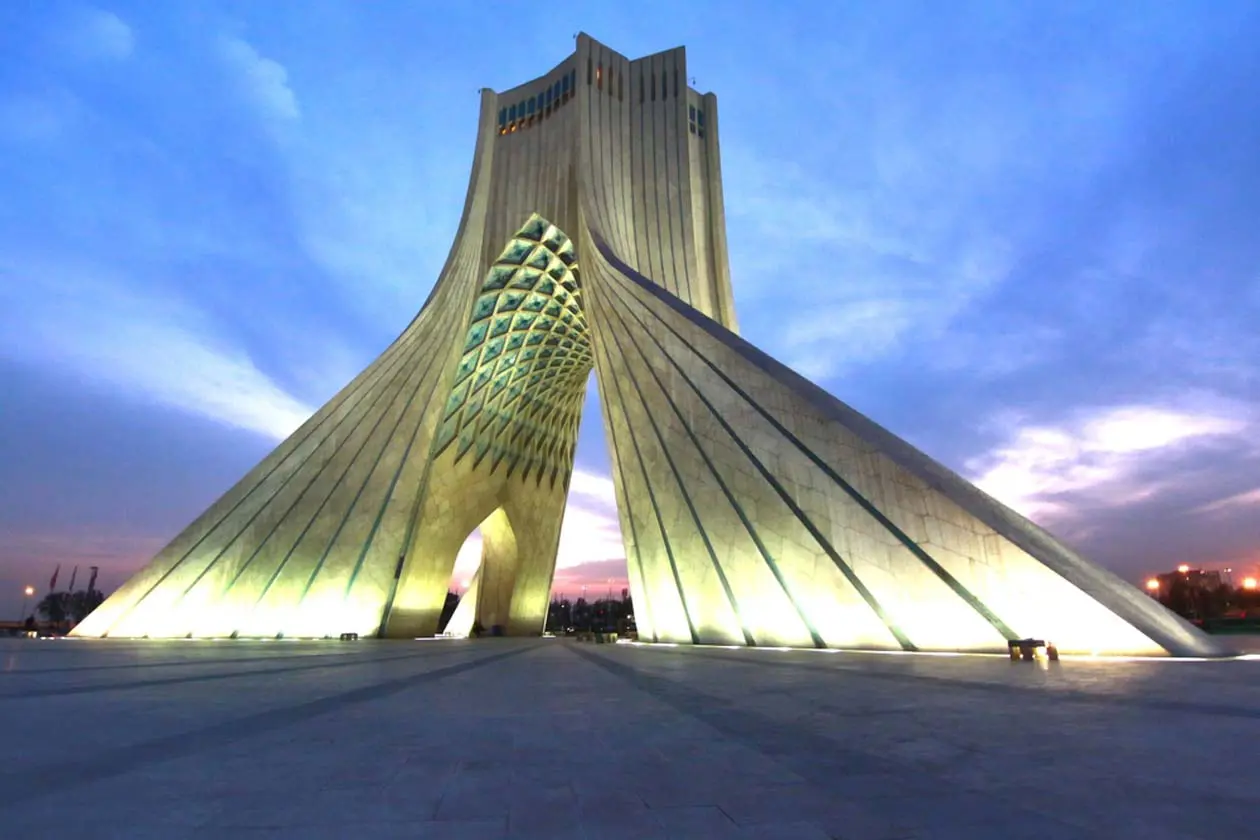
Azadi Square in Tehran - Copyright © Sisterscom.com / Shutterstock
Meydan-e Azadi Square with the Azadi Tower (Freedom Tower) in its centre, site of the Azadi Museum, which displays items dating back to before the birth of Christ, works from the Acheamenid, Parthian and Sasanian eras, and finds from the Islamic period such as ceramics, bronze plates, paintings and rugs. One of the symbols of Tehran is Borj-e Milad, the 435-metre communications tower, currently the tallest in Iran, which can be seen from any area of the city.
Palaces in Tehran
The city is embellished with many monumental buildings such as the Golestan Palace, which houses the famous Peacock Throne which, in 1739, was brought from India as a spoil of war by Nader Shah. The Ottoman Palace, built in the nineteenth century, is instead found in the Elahiye district together with the small Rumi Bridge. In the Niavaran complex stands the Saheb Gharani-e Palace which features a room with a fountain, another with traditional heating (korsi), and the world map and mirror rooms. The Takht-e Marmar building houses the Marble Throne, which was made with sixty-five slabs of marble and its four sides rest on the shoulders of sculpted figures of six angels, three demons and eleven spiral columns.
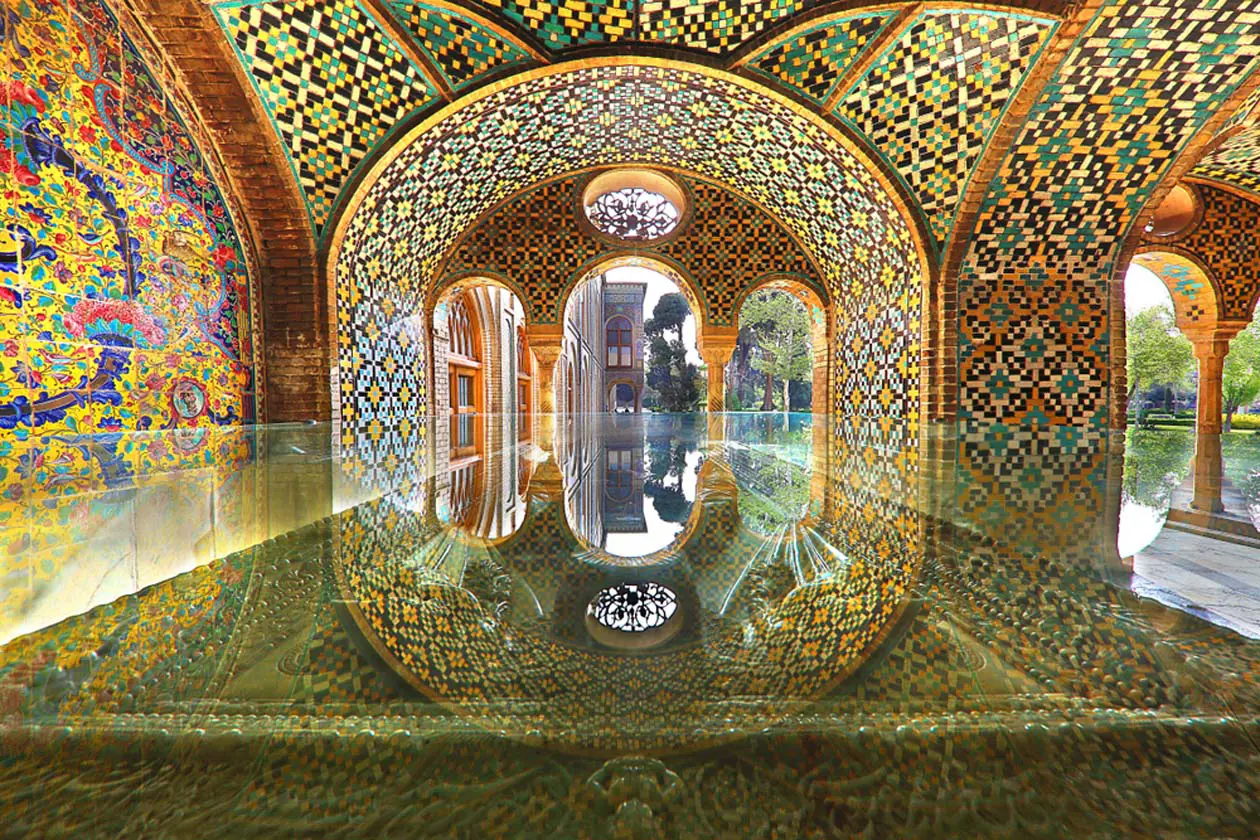
Golestān Palace in Tehran - Copyright © Sisterscom.com / Shutterstock
The Cinema Town is a particularly interesting place; it scenically reconstructs certain areas of old Tehran and offers a look at the buildings, shops, districts and streets of the past.
Museums in Tehran
There are also numerous museums such as the Museum of Contemporary Art, near to Laleh Park, with works by Pablo Picasso, Paul Gauguin, Claude Monet, George Braque and, in the garden, statues by Marino Marini, Parviz Tanavoli, René Magritte, Henry Moore, Alexander Calder, Alberto Giacometti and Max Bell; the Museum of the Persian Rug which displays rugs and kilims from different eras, beginning from 1440 up to the present day, and the Archaeology Museum of Iran, the first museum of a scientific nature in the country, which holds finds from the sixth millennium BC to the Islamic period.
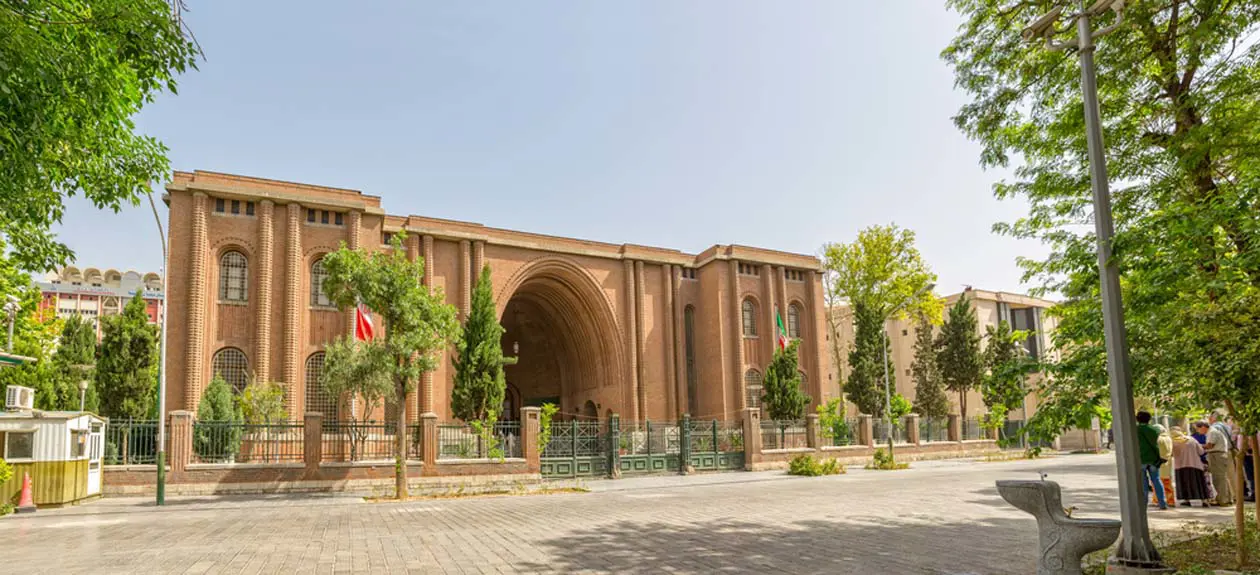
Iran Archaeological Museum in Tehran - Copyright © Sisterscom.com / Shutterstock
A tour of the museums could continue with the Treasury of National Jewels which displays the famous 182-carat pink diamond Darya-ye Noor, a Peacock Throne decorated with 26,733 precious gems and the Nasser al-Din Shah globe adorned with pearls, diamonds, rubies and turquoises.
Lovers of nature should not miss a visit to the Darabad Natural History Museum, with examples of mammals, birds, fish, reptiles and insects as well as fossils.
Damavand Mountain
Leisure trips can be enjoyed at the artificial lake formed behind Lar Dam, near Tehran and in the area of Mount Damavand, where the fresh air offers splendid views and the opportunity to try aquatic sports, swimming and water skiing; or the artificial lake formed by the Latiyan Dam, to the north-east of the city, on the River Jājerud.
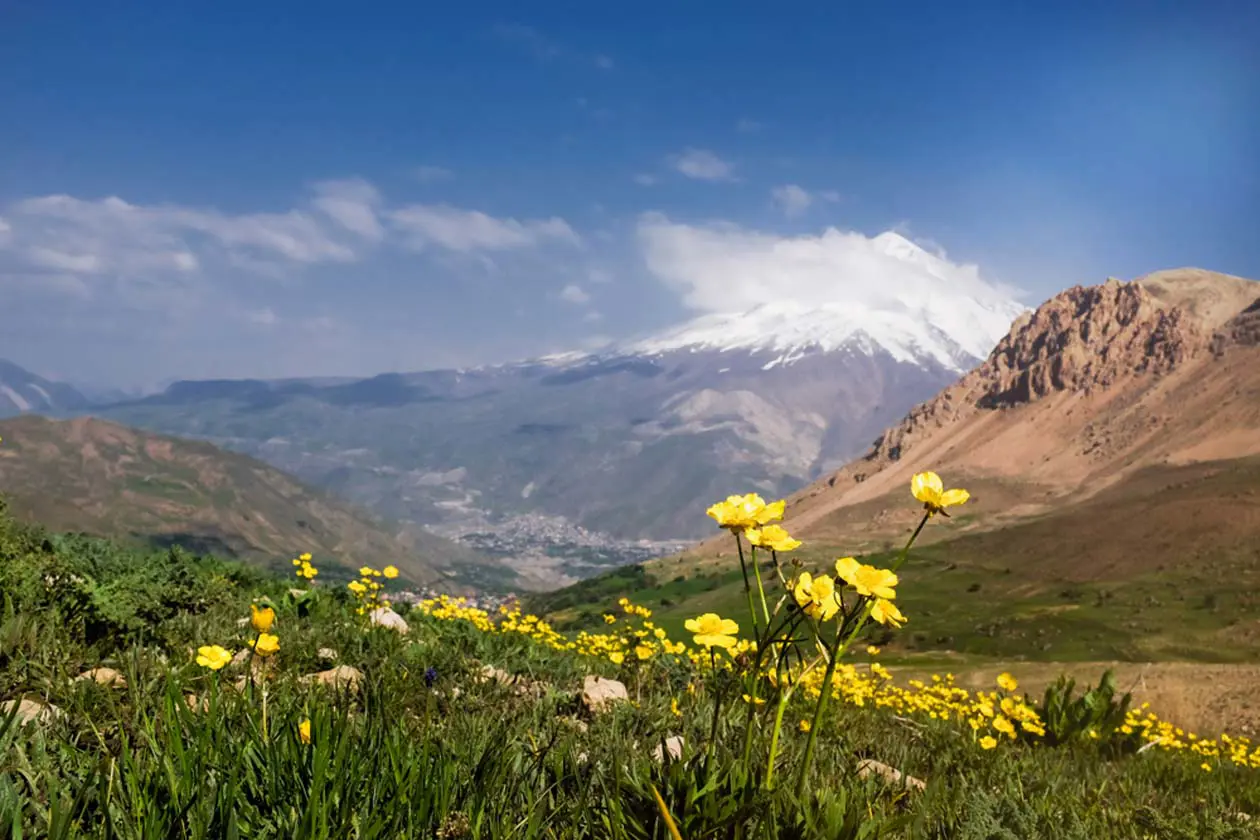
Damavand Mountain - Copyright © Sisterscom.com / Shutterstock
Before leaving the city, a spot of shopping for souvenirs and local crafts is a must: decorative items of copper, bronze and brass, straw baskets, engraved and stained glass, terracotta and ceramic items, rugs, fabrics and traditional bags. Even mountain herbs, whey from Damavand, Sohan - a sweet from the city of Rey - and raisins from Shahriyar are considered souvenirs of this region.
Traditional dishes of Tehran
An essence of the local aromas and flavours can be found by tasting the local dishes of Tehran, which should definitely not be missed: ‘kabab’ (shami, chelo, hoseini and lamb), meat broth, ‘kofte’ (meat balls), soups and spices, ‘sabzi polo’ with fish, as well as pickles, salads and jams.
Text by Nicolò Villa
Avion Tourism Magazine
Photos: Copyright © Sisterscom.com, Shutterstock
Reproduction reserved. Copyright © Sisterscom.com
Photos: Copyright © Sisterscom.com, Shutterstock
Reproduction reserved. Copyright © Sisterscom.com
Video: www.irancultura.it
Tourism Board
www.itto.org
Partnership with Booking.com
Where to sleep in Tehran

Tehran - Photo: Copyright © Sisterscom.com / Shutterstock
Tehran offers different accommodation with the best services.
WHERE TO GO in Tehran
Monuments of Tehran

Photo: Copyright © Sisterscom.com / Shutterstock
GOLESTAN PALACE
The Golestan Palace, a masterpiece of the Qajar era, in the centre of Tehran, was built in on the orders of Naser al-Din Shah. It comprises an entrance and halls arranged as museums and decorated with mirrors, diamonds, ivory and crystals. The Salam Hall houses the Peacock Throne which Nader Shah brought from India as war booty. The throne has seven pedestals embellished with jewels and two steps, an image of a dragon on the back and decorative inscriptions. The Palace, which is filled with nineteenth century ornaments, is a UNESCO World Heritage Site.

Photo: Copyright © Sisterscom.com / Shutterstock
MILAD TOWER
Known also as Borj-e Milad, Tehran’s Milad Tower dominates the skyline in the western outskirts of the city. The tower, which was inaugurated in 1975, is 435 metres high and has an octagonal base that symbolises traditional Iranian architecture. The first floor houses shops, restaurants and a lift that takes visitors to the top of the tower at a speed of 7 metres a second. The upper part offers observation decks, cafe and revolving restaurant. An antenna mast of 120 metres is positioned on the very top.
The collection of the Azadi Museum is found inside the Azadi Tower in Azadi Square. The museum houses pre-Islamic artefacts from the Achaemenid, Parthian and Sasanian eras, as well as those from the Islamic era. Among the most significant pieces are items made of terracotta, ceramic and bronze, traditional metal vases, valuable paintings and hand-made rugs.

Photo: Copyright © Sisterscom.com / Shutterstock
TABI’AT BRIDGE
Tabi’at Bridge is the largest pedestrian bridge in Iran. Its construction began at the end of 2010 and it was opened in 2014. Situated in the north of Tehran, it connects two public parks, crossing Shahid Modarres, one of the main streets of the city. It is a city landmark and a place to stroll, stop and look at Tehran’s skyline, walking from Abo Atash Park to Taleghani Park. It is located in the north of the city, in a neighbourhood known as Abbas Abad, which also offers libraries and museums.
Excursions in Tehran

Photo: Copyright © Sisterscom.com / Shutterstock
SHAHVAND PALACE
This palace, also called the Green Museum Palace, was built by Reza Khan in Darband in Tehran province, in the historical-cultural complex of Saad Abad. The outside of the palace, with a classical appearance, has a facade decorated with green stones from the Khamse di Zanjān mines. The interior is much more opulent, with a waiting area, dining hall, office room, Mirror Hall and bed chamber. The rugs are masterpieces of Iranian weaving, while the decorative items were brought in from Europe.

Photo: Copyright © Sisterscom.com / Shutterstock
MELLAT PALACE MUSEUM
This palace was built in Darband in the province in Tehran, in the historical-cultural complex of Saad Abad, as a residential palace for Pahlavi family members. The Saad Abad complex includes various palaces and museums at the foot of the Tochal Mountains and Valley of Darband, and is one of the most important tourist attractions of the area. The Museum offers Iranian rugs, foreign porcelain items, antique lamps, crystal chandeliers and other important items belonging to the Pahlavi dynasty.

Photo: Copyright © Sisterscom.com / Shutterstock
DARBAND
Darband is a district on the outskirts of Tehran. A trail leaves here for Mount Tochal, which dominates Tehran, but there is also a chairlift. Beginning in Tahrish Square, the trail extends for 3 kilometres along a rocky valley with a stream and waterfalls. On the way up, it passes several tea houses, restaurants and fruit stalls. It is a place for regeneration and relaxation with all the atmosphere of a mountain village.

Photo: Copyright © Sisterscom.com / Shutterstock
KASHAN
Kashan is one of the oldest cities in Iran with unique architecture and historic and religious sites. A day tour from Tehran to Kashan can be organised to visit Fin Garden, a UNESCO World Heritage Site. The old part of the city is also beautiful with the historic house of Ameriha, the houses of Tabatabaei and Borujerdi, Sultan Amir Ahmad Bathhouse (an example of traditional Iranian bathing house), the Aqha-Bozorg Mosque and Kashan bazaar for some shopping.
Partnership with GetYourGuide
All tours and excursions
News & Useful info
Other destinations
Airports nearby Tehran





















